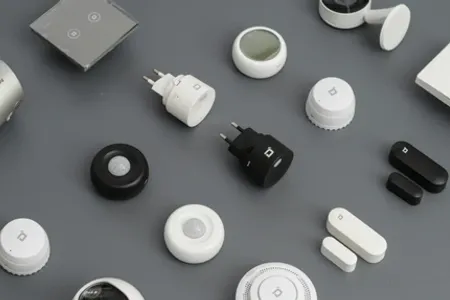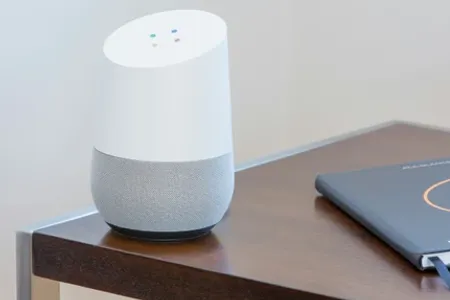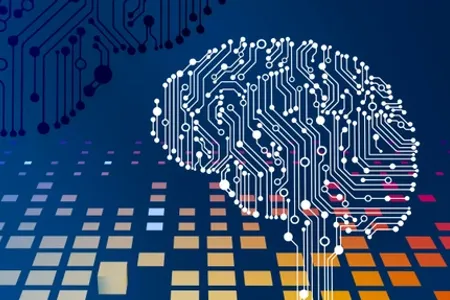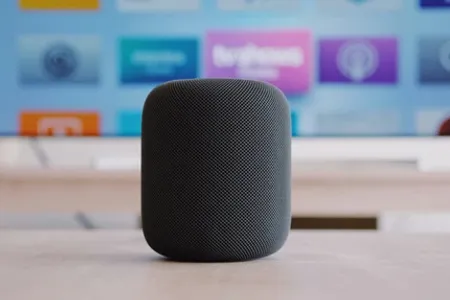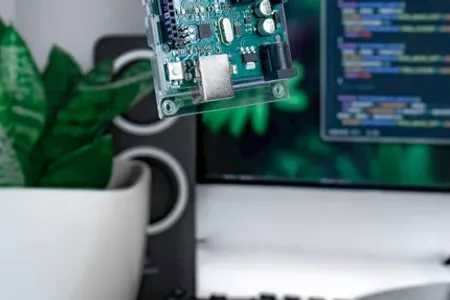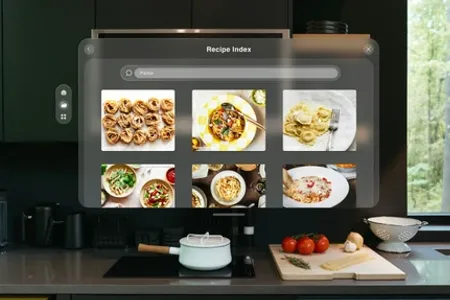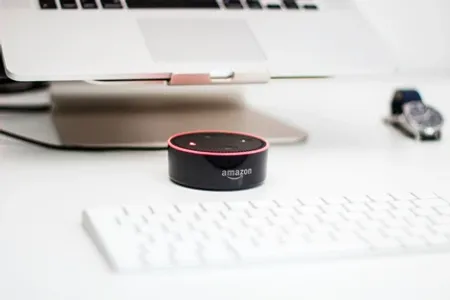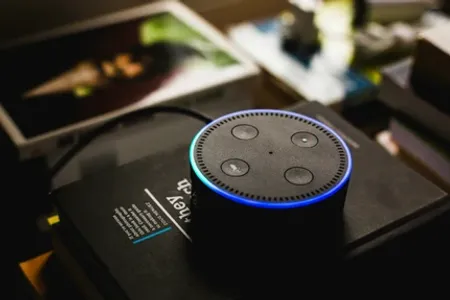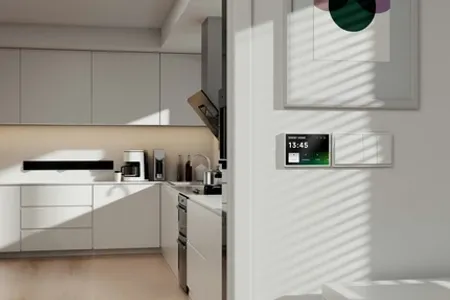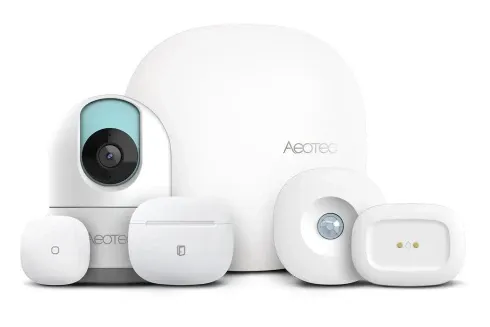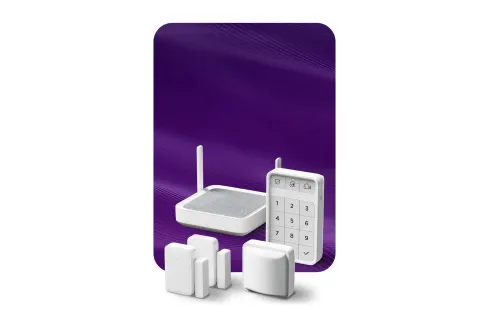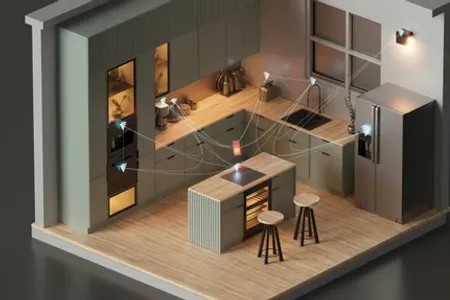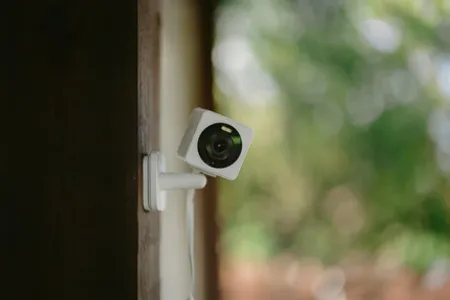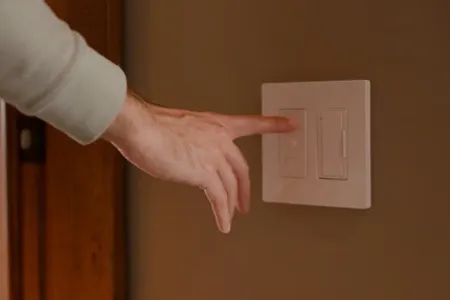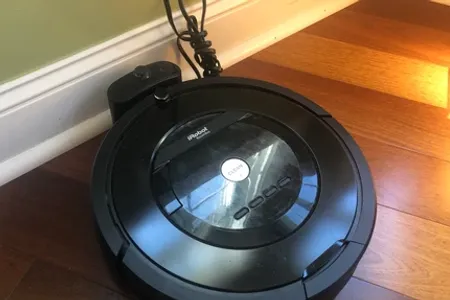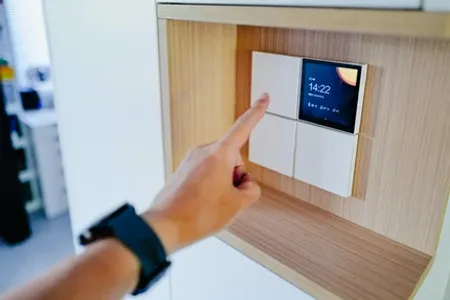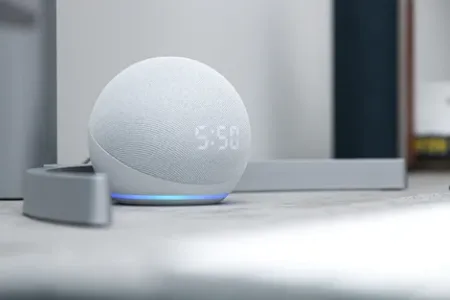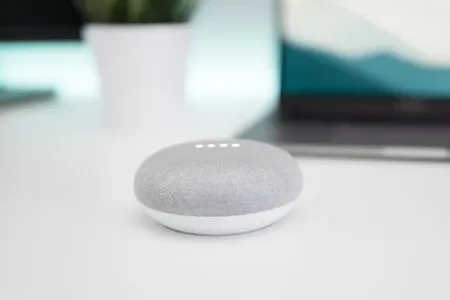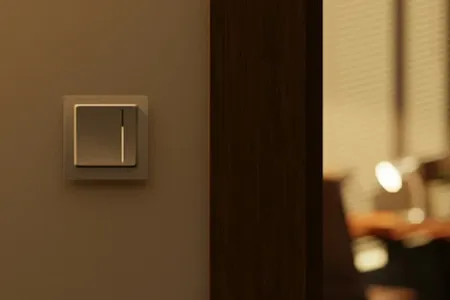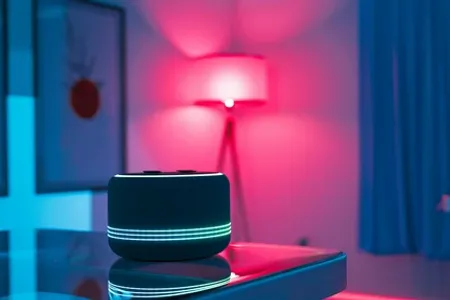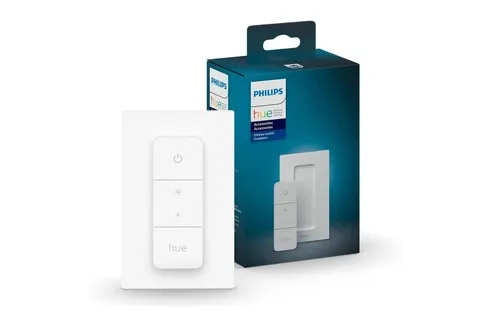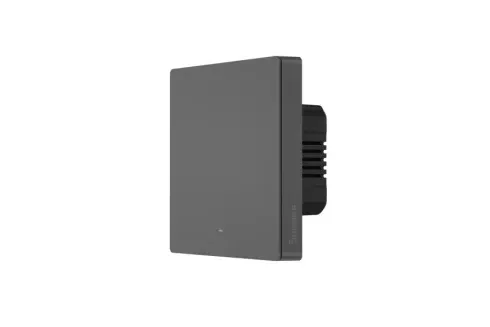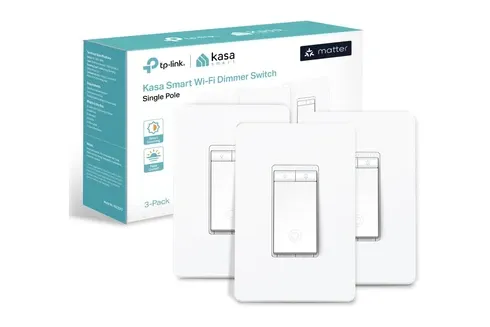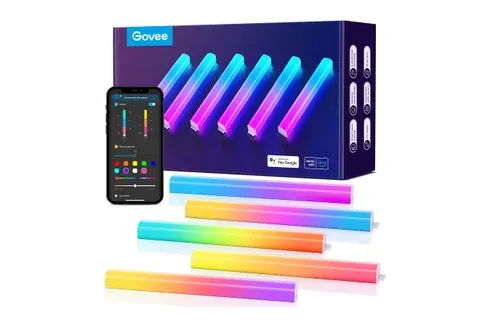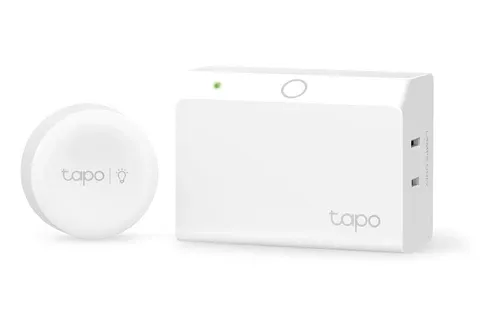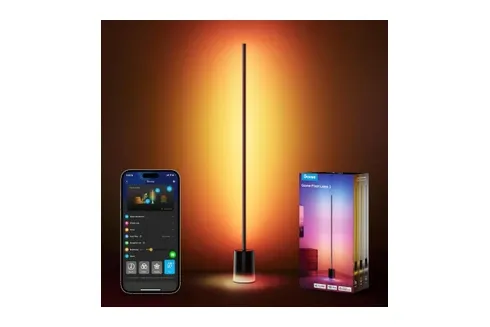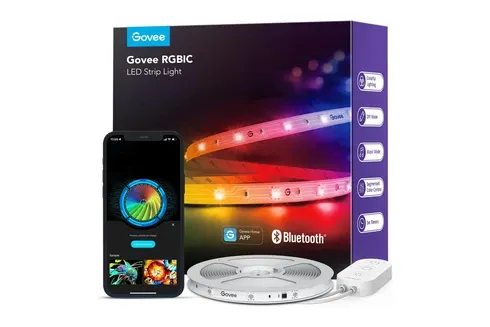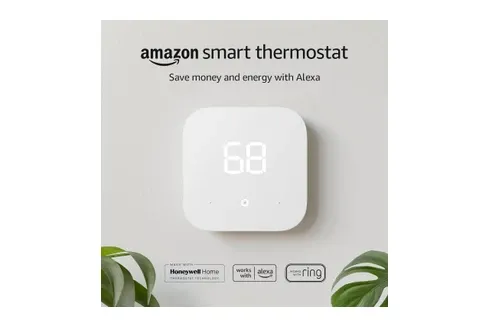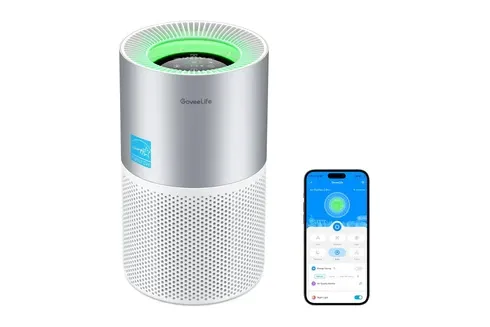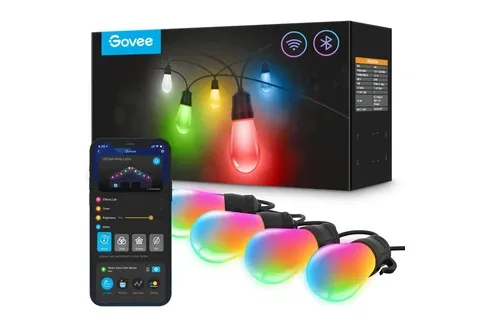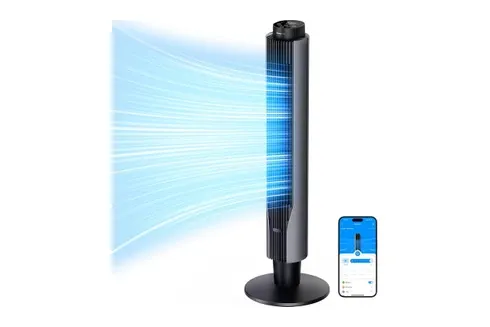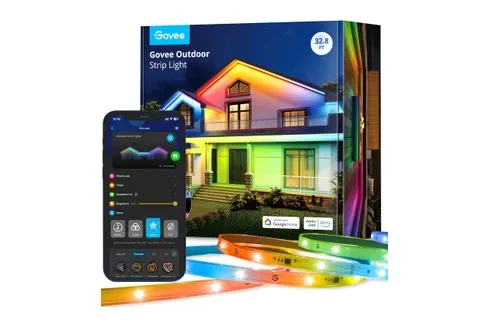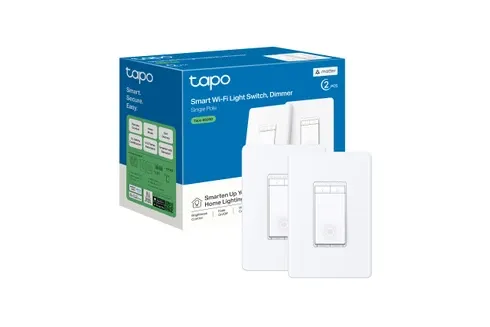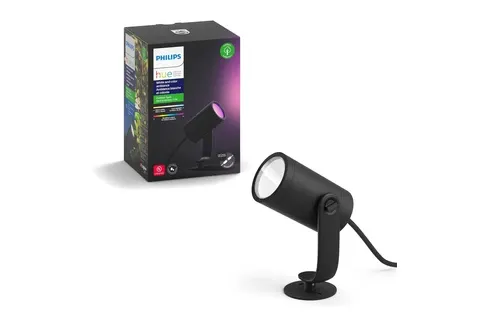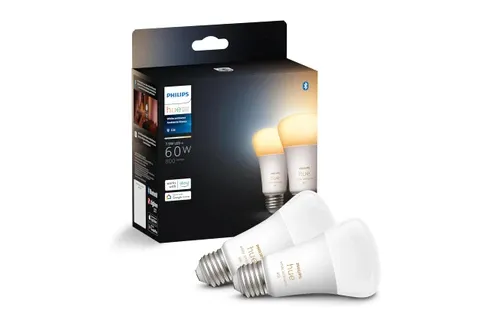In today’s fast-paced world, convenience is a top priority for many homeowners. Thanks to advancements in smart home technology, living has become simpler, more efficient, and more enjoyable. Whether it’s automating everyday tasks or improving the safety of your home, smart devices are designed to provide unmatched convenience. Below, we explore the key innovations that are transforming homes into intelligent and user-friendly environments.
Why Convenience is Key in Smart Homes
At the heart of the smart home revolution is the desire for enhanced convenience. The goal is to make tasks easier, faster, and more streamlined, so that homeowners can enjoy more leisure time. By automating routine activities and providing remote control options, smart home devices take the hassle out of many everyday responsibilities.
Smart homes are designed to cater to individual preferences, adapting to the lifestyle and needs of each user. Whether you're looking to control the temperature, manage lighting, or monitor security, a smart system allows you to do so effortlessly. These systems help eliminate small, repetitive tasks while creating a more comfortable living environment.
Smart Home Trends to Watch
As the smart home industry evolves, several trends are shaping the future of home automation. One significant trend is the increasing integration of AI, where systems learn user behaviors and adjust accordingly, creating a more personalized experience. Sustainability is another growing trend, with smart devices helping homeowners reduce energy consumption through eco-friendly technology. Interconnectivity is also a major trend, as more devices are designed to work seamlessly together, providing a unified smart home ecosystem. Keeping up with these trends ensures that your home remains modern, efficient, and aligned with future innovations.
Top Smart Devices That Boost Convenience
Smart Speakers and Assistants – Devices like Amazon Echo and Google Home have made it easy to control almost every aspect of a smart home with just your voice. These voice-activated devices allow you to manage your lighting, thermostat, security system, and more, making daily tasks easier than ever.
Smart Thermostats – Gone are the days of manually adjusting your home’s temperature. Smart thermostats, such as Nest or Ecobee, allow you to set and monitor temperatures remotely via a smartphone app. This not only saves time but also ensures energy efficiency.
Robotic Vacuums – Cleaning your home is no longer a chore thanks to the convenience of robotic vacuums. Devices like the iRobot Roomba or Ecovacs Robotics vacuum autonomously and can be scheduled to clean when you’re not at home, giving you more time to relax.
Smart Lighting Systems – With smart lighting, you can control your lights from anywhere using a mobile device or set them to turn on and off automatically. This feature is particularly useful when you’re away from home, adding an extra layer of security.
Smart Home Security – A comprehensive smart home security system, including smart locks, cameras, and doorbells, ensures your home is always secure. You can monitor activity in and around your house in real time, all while having the convenience of controlling access remotely.
How Smart Home Devices Improve Daily Living
There are several key benefits that come with adopting smart home solutions:
- Time-Saving Automation: Automating routine tasks, like turning off lights or adjusting the thermostat, gives you more time to focus on what truly matters.
- Increased Comfort: Personalizing your home’s settings allows for a more comfortable living environment. For example, adjusting the lighting or temperature to match your mood becomes effortless with smart devices.
- Remote Control: Whether you’re at work or on vacation, controlling your home from afar is a significant convenience. Using apps to manage your devices remotely ensures you’re always in control.
- Energy Efficiency: Smart thermostats and lighting systems help reduce energy consumption, which is both environmentally friendly and cost-effective.
The Role of AI in Future Smart Home Innovations
As smart home technology continues to advance, artificial intelligence (AI) is playing an increasingly critical role in enhancing the user experience. AI-powered systems are not only reactive but are becoming predictive. For example, a smart home equipped with AI can anticipate your needs based on your habits and routines. If you usually lower the thermostat before going to bed, AI systems can learn this behavior and make adjustments without requiring a manual command.
AI-Driven Personalization
AI's ability to learn from your patterns means that your home can adapt over time, becoming more personalized. Lights can dim as evening approaches, music playlists can adjust based on the time of day, and even your coffee maker can start brewing as soon as your morning alarm goes off. This level of customization not only adds convenience but enhances your overall quality of life.
For instance, voice assistants like Google Assistant, Amazon Alexa, and Apple Siri are continuously evolving to offer smarter suggestions based on previous interactions. They can provide reminders, alerts, and even recommend products or services that align with your lifestyle. As AI continues to develop, expect your home to become more intuitive, anticipating your needs before you even realize them.
The Importance of Interconnectivity in Smart Homes
As more devices become available, one of the biggest challenges facing smart homeowners is managing multiple platforms. Interconnectivity, the ability of devices to work seamlessly together, is key to creating a cohesive smart home ecosystem. While some brands offer devices that easily sync with each other, others require more effort to integrate.
For example, smart hubs like Samsung SmartThings, Amazon Echo Plus, or Google Nest Hub help connect various devices, offering a unified platform for control. These hubs serve as a central point of communication, allowing different devices to interact with each other. Whether it's controlling lighting, adjusting the thermostat, or monitoring security cameras, a smart hub can streamline these processes, offering a more seamless user experience.
As 5G technology continues to roll out, interconnectivity will improve even further. 5G networks provide faster and more reliable communication between smart devices, which means quicker response times and better synchronization. Imagine turning off all the lights in your house, locking the doors, and adjusting the temperature with a single voice command. That’s the future we are moving toward, where managing a smart home becomes effortless.
Smart Home Security: Balancing Convenience with Protection
While convenience is a major benefit of smart homes, security is just as crucial. Smart home security systems, which often include devices like cameras, motion detectors, and smart locks, provide real-time monitoring and control over who has access to your home. These systems offer features like remote locking, video streaming, and alerts that notify homeowners of any unusual activity.
Smart locks, for instance, allow you to control who enters your home without needing a physical key. You can unlock doors remotely for visitors or delivery services, monitor activity, and receive notifications when someone comes or goes. Paired with a video doorbell, you can see who’s at your front door even when you're not home.
However, with this convenience comes the concern of privacy and data security. Smart devices are connected to the internet, which opens up potential vulnerabilities. To safeguard your smart home, it’s essential to follow best practices such as regularly updating device software, using strong passwords, and enabling multi-factor authentication. Many companies are investing in end-to-end encryption and advanced security protocols to ensure that your data remains private and secure.
Integrating Sustainability into Smart Homes
Sustainability is another important trend in the smart home industry. As more people become conscious of their environmental impact, smart home technologies are helping homeowners reduce energy consumption and lower their carbon footprint.
For instance, smart thermostats not only optimize energy use but can also be integrated with renewable energy sources such as solar panels. These thermostats can automatically adjust based on weather patterns, personal preferences, or even real-time energy pricing, ensuring that energy is used efficiently.
Similarly, smart lighting systems like those offered by Philips Hue or LIFX allow homeowners to control lights based on natural daylight. These systems can dim or brighten depending on the time of day, reducing unnecessary energy use.
In the future, we can expect even more developments in this space, including smart appliances that are more energy-efficient and self-regulating. As homeowners prioritize sustainability, smart homes will continue to evolve to meet these needs, offering eco-friendly solutions that benefit both the environment and your wallet.
Smart Homes for Everyone: Accessibility and Inclusivity
One of the most remarkable aspects of smart home technology is its ability to make homes more accessible. For individuals with disabilities, smart devices can provide a new level of independence. Voice-controlled systems, for example, allow those with limited mobility to operate appliances, lighting, and entertainment systems with ease.
Devices such as smart doorbells, automatic doors, and smart curtains can be integrated into homes to make day-to-day living more manageable. A voice assistant can help read texts or emails aloud, set reminders, or control home settings, giving individuals greater control over their environment.
The future of smart homes is likely to include even more specialized devices aimed at improving accessibility for everyone. This trend towards inclusivity ensures that smart homes will cater to a wide variety of needs, making homes safer and more convenient for all.
Conclusion
The drive for convenience is shaping the smart home industry in incredible ways. From smart speakers to robotic vacuums, these technologies allow for a more comfortable, efficient, and enjoyable living experience. With advancements in AI, interconnectivity, and security, smart homes are becoming more intuitive and integrated, offering endless possibilities to enhance daily life.
As we look to the future, the role of sustainability, accessibility, and security will continue to grow, ensuring that smart homes are not just convenient, but responsible and inclusive. Embrace the future of home automation and enjoy the convenience it brings to everyday life.

